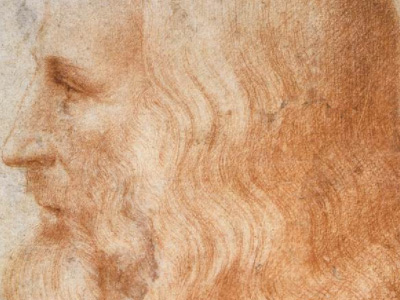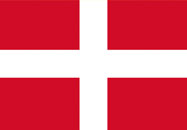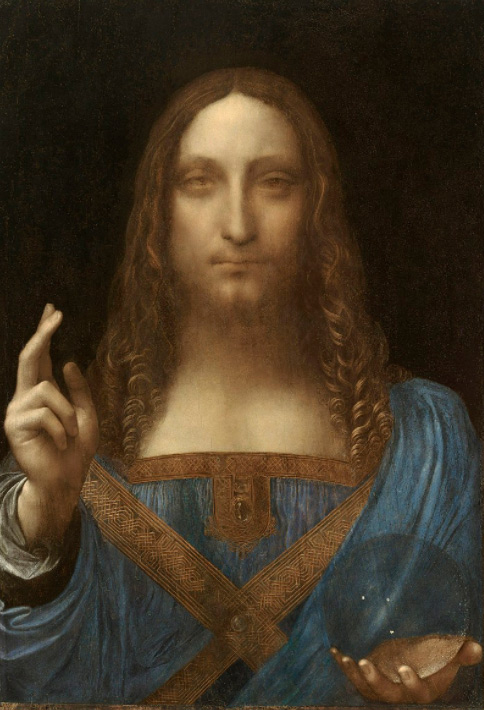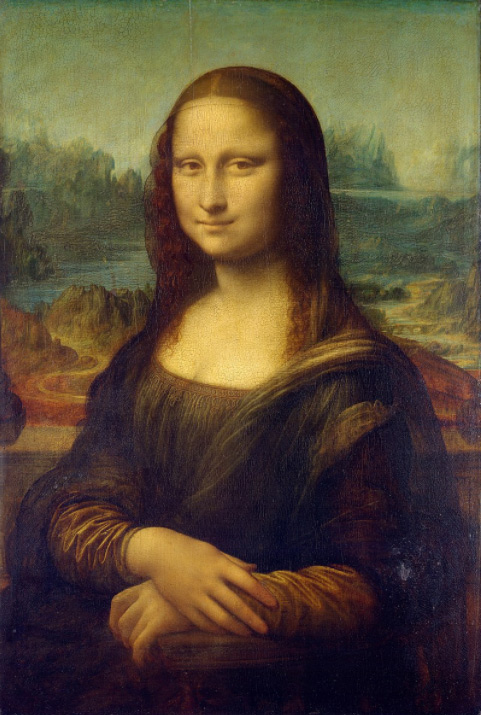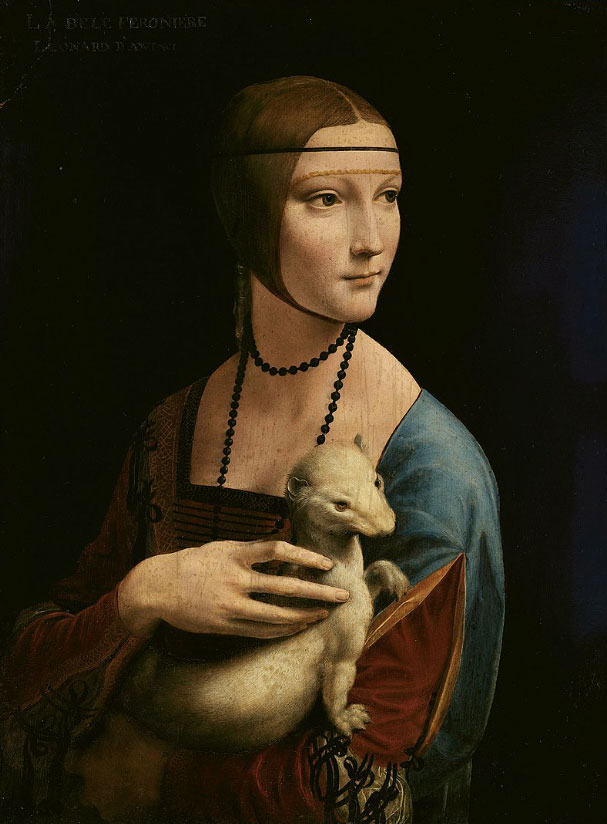Leonardo da Vinci (1452-1519)
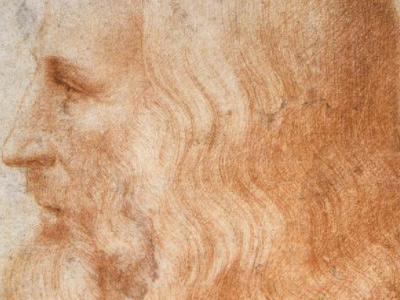
Professional Life 1476–1513
Florentine court records of 1476 show that Leonardo and three other young men were charged with sodomy but acquitted; homosexual acts were illegal in Renaissance Florence. From that date until 1478 there is no record of his work or even of his whereabouts. In 1478, he left Verrocchio's studio and was no longer a resident at his father's house. One writer, called the Anonimo Gaddiano, claims that in 1480 Leonardo was living with the Medici and working in the Garden of the Piazza San Marco in Florence, a Neo-Platonic academy of artists, poets and philosophers that the Medici had established. In January 1478, he received an independent commission to paint an altarpiece for the Chapel of St. Bernard in the Palazzo Vecchio; in March 1481, he received a second independent commission for The Adoration of the Magi for the monks of San Donato a Scopeto. Neither commission was completed, the second being interrupted when Leonardo went to Milan.
In 1482, Leonardo, who according to Vasari was a talented musician, created a silver lyre in the shape of a horse's head. Lorenzo de' Medici sent Leonardo to Milan, bearing the lyre as a gift, to secure peace with Ludovico Sforza, Duke of Milan. At this time Leonardo wrote an often-quoted letter describing the many marvellous and diverse things that he could achieve in the field of engineering and informing Ludovico that he could also paint.
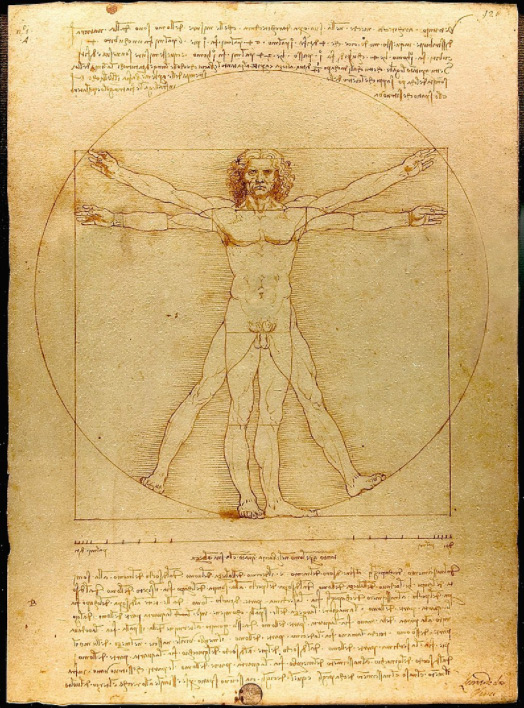
Leonardo worked in Milan from 1482 until 1499. He was commissioned to paint the Virgin of the Rocks for the Confraternity of the Immaculate Conception and The Last Supper for the monastery of Santa Maria delle Grazie. In the spring of 1485, Leonardo travelled to Hungary on behalf of Ludovico to meet Matthias Corvinus, for whom he is believed to have painted a Holy Family. Between 1493 and 1495, Leonardo listed a woman called Caterina among his dependents in his taxation documents. When she died in 1495, the list of funeral expenditures suggests that she was his mother.
Leonardo was employed on many different projects for Ludovico, including the preparation of floats and pageants for special occasions, designs for a dome for Milan Cathedral and a model for a huge equestrian monument to Francesco Sforza, Ludovico's predecessor. Seventy tons of bronze were set aside for casting it. The monument remained unfinished for several years, which was not unusual for Leonardo. In 1492, the clay model of the horse was completed. It surpassed in size the only two large equestrian statues of the Renaissance, Donatello's Gattamelata in Padua and Verrocchio's Bartolomeo Colleoni in Venice, and became known as the "Gran Cavallo". Leonardo began making detailed plans for its casting; however, Michelangelo insulted Leonardo by implying that he was unable to cast it. In November 1494, Ludovico gave the bronze to be used for cannon to defend the city from invasion by Charles VIII.
At the start of the Second Italian War in 1499, the invading French The Kingdom of France is the historiographical name or umbrella term given to various political entities of France in the medieval and early modern period. It was one of the most powerful states in Europe since the High Middle Ages. It was also an early colonial power, with possessions around the world. Colonial conflicts with Great Britain led to the loss of much of its North American holdings by 1763. The Kingdom of France adopted a written constitution in 1791, but the Kingdom was abolished a year later and replaced with the First French Republic. troops used the life-size clay model for the Gran Cavallo for target practice. With Ludovico Sforza overthrown, Leonardo, with his assistant Salai and friend, the mathematician Luca Pacioli, fled Milan for Venice, where he was employed as a military architect and engineer, devising methods to defend the city from naval attack. On his return to Florence in 1500, he and his household were guests of the Servite monks at the monastery of Santissima Annunziata and were provided with a workshop where, according to Vasari, Leonardo created the cartoon of The Virgin and Child with St Anne and St John the Baptist, a work that won such admiration that "men and women, young and old" flocked to see it "as if they were attending a great festival".
The Kingdom of France is the historiographical name or umbrella term given to various political entities of France in the medieval and early modern period. It was one of the most powerful states in Europe since the High Middle Ages. It was also an early colonial power, with possessions around the world. Colonial conflicts with Great Britain led to the loss of much of its North American holdings by 1763. The Kingdom of France adopted a written constitution in 1791, but the Kingdom was abolished a year later and replaced with the First French Republic. troops used the life-size clay model for the Gran Cavallo for target practice. With Ludovico Sforza overthrown, Leonardo, with his assistant Salai and friend, the mathematician Luca Pacioli, fled Milan for Venice, where he was employed as a military architect and engineer, devising methods to defend the city from naval attack. On his return to Florence in 1500, he and his household were guests of the Servite monks at the monastery of Santissima Annunziata and were provided with a workshop where, according to Vasari, Leonardo created the cartoon of The Virgin and Child with St Anne and St John the Baptist, a work that won such admiration that "men and women, young and old" flocked to see it "as if they were attending a great festival".
In Cesena in 1502, Leonardo entered the service of Cesare Borgia, the son of Pope Alexander VI, acting as a military architect and engineer and travelling throughout Italy with his patron. Leonardo created a map of Cesare Borgia's stronghold, a town plan of Imola in order to win his patronage. Maps were extremely rare at the time and it would have seemed like a new concept. Upon seeing it, Cesare hired Leonardo as his chief military engineer and architect. Later in the year, Leonardo produced another map for his patron, one of Chiana Valley, Tuscany, so as to give his patron a better overlay of the land and greater strategic position. He created this map in conjunction with his other project of constructing a dam from the sea to Florence, in order to allow a supply of water to sustain the canal during all seasons.
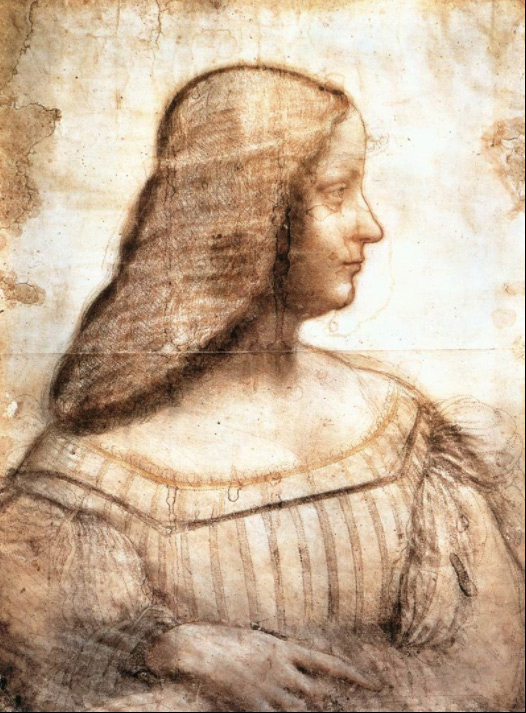
Leonardo returned to Florence, where he rejoined the Guild of Saint Luke on 18 October 1503. He spent two years designing and painting a mural of The Battle of Anghiari for the Signoria, with Michelangelo designing its companion piece, The Battle of Cascina. In Florence in 1504, he was part of a committee formed to relocate, against the artist's will, Michelangelo's statue of David.
In 1506 Leonardo returned to Milan. Many of his most prominent pupils or followers in painting either knew or worked with him in Milan, including Bernardino Luini, Giovanni Antonio Boltraffio and Marco d'Oggiono. At this time he may have commenced a project for an equestrian figure of Charles II d'Amboise, the acting French governor of Milan. A wax model survives and, if genuine, is the only extant example of Leonardo's sculpture.
Leonardo did not stay in Milan for long because his father had died in 1504, and in 1507 he was back in Florence trying to sort out problems with his brothers over his father's estate. By 1508 Leonardo was back in Milan, living in his own house in Porta Orientale in the parish of Santa Babila.
HISTORY
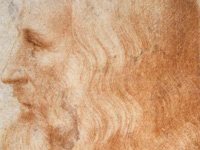
RESOURCES
This article uses material from the Wikipedia article "Leonardo da Vinci (1452-1519)", which is released under the Creative Commons Attribution-Share-Alike License 3.0.
© Stories Preschool. All Rights Reserved.
